helpful habits
We used to look to our gardens for one thing: beauty. But, with a changing climate and loss of biodiversity, it’s imperative that we all expect more of our cultivated spaces.
We used to look to our gardens for one thing: beauty. But, with a changing climate and loss of biodiversity, it’s imperative that we all expect more of our cultivated spaces.
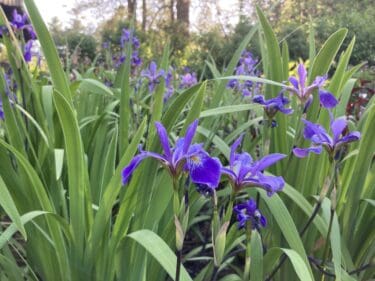
Samantha Nestory
At Stoneleigh, we try to keep all water on the property. That means collecting rainwater that lands on our parking lot and building roofs and filtering it through rain gardens.
We also minimize watering. Once plants are established, they thrive on their own without additional water. Part of this plan means selecting the right plants for certain spaces, and, of course, using native species means these plants are well suited to our region’s climate.
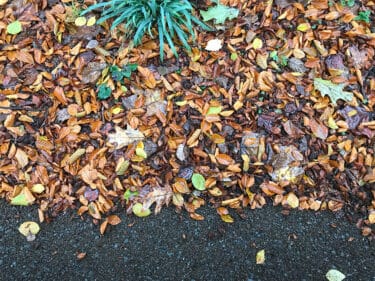
Samantha Nestory
We gather up all the wonderful leaves that fall from Stoneleigh’s towering trees, then spread them as a natural mulch around our planting beds. This keeps the leaves–and all the insects that may be cocooned in them–on site where they slowly break down, returning nutrients to the soil.
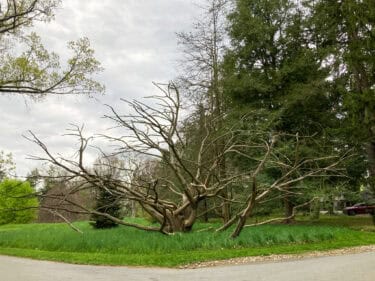
Samantha Nestory
As you explore Stoneleigh, you’ll notice a few standing dead trees. We’ve left these intentionally so that they can continue to give life after their deaths. As insects begin to break down the trees, woodpeckers and other animals feast on them. Cavity-nesting songbirds use the crevices in the soft wood to raise their young. Slowly, the carbon is released as the tree breaks down.
While not every tree is safe to leave standing dead, both snags (standing dead trees) and logs (dead trees that have fallen) are important parts of the ecology.
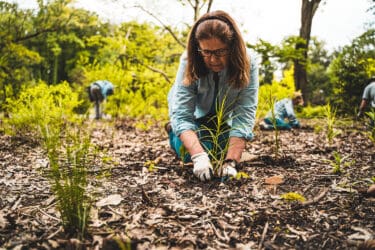
Adam Hribar
We’re big fans of buying plants in smaller containers—even plugs—since they cost lest but are also easier to install. When you plant a tiny plug, you minimize soil disturbance. There’s also less plastic required to make that small container.
And the plants will astonish you with how quickly they grow.
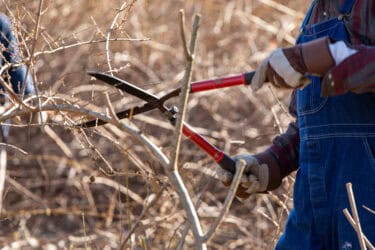
Benjamin Szmidt
Make your life easier and benefit your garden at the same time! When deadheading perennials or cutting back plants, we simply “chop” the plant material and “drop” it right into the bed that it came from. No need to bag up clippings and dispose of them.
By the same token, we gather sticks and other woody debris and add them to brush piles around the garden rather than having to burn them. Brush piles offer important refuge for animals like rodents and mammals to hide from hungry raptors.
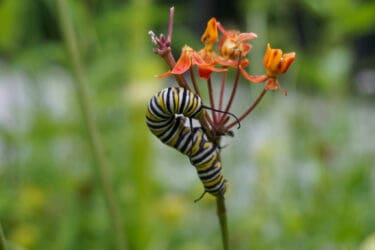
Samantha Nestory
At Stoneleigh, we do our best to limit the use of chemical herbicides, opting for mechanical removal of undesirable plants (especially invasive species) whenever possible. But there are situations where we’ll spray persistent, hard-to-eradicate plants such as Canada thistle or lesser celandine. We follow the manufacturer’s label in terms of application and precautions, and apply when conditions are just right: no wind, no rain in the forecast, and when the target weed is stressed by heat or lack of water. We also choose the right herbicide for the job, as many of these chemicals are selective for only a narrow range of plant types.